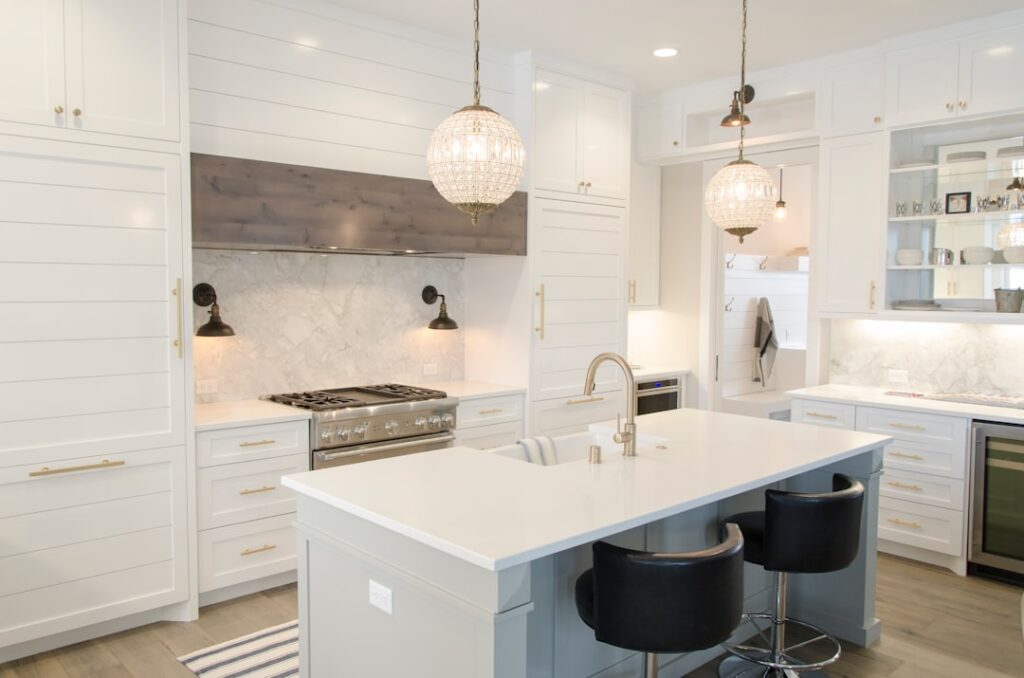As a home enthusiast, you might already be familiar with the concept of biophilic design. This design ethos emphasizes the human connection to nature by incorporating natural elements into our living spaces. In an era where sustainability and well-being are gaining prominence, a biophilic kitchen can offer a tranquil, eco-friendly retreat within your own home. This article will guide you on how to create a biophilic kitchen, blending indoor plants with innovative food storage solutions.
Understanding Biophilic Design
Biophilic design is based on biophilia, a concept introduced by psychoanalyst Erich Fromm and popularized by biologist Edward O. Wilson, which suggests that humans have an innate tendency to seek connections with nature. Biophilic design aims to satisfy this inherent need by integrating natural elements into built environments. Studies show that biophilic design can boost well-being, productivity, and creativity, making it an ideal approach for any home space, especially the kitchen. In a biophilic kitchen, you can combine elements like indoor plants, natural lighting, and materials, along with clever food storage solutions, to create a space that is both functional and nature-inspired.
Integrating Indoor Plants
Indoor plants can breathe life into your kitchen, improving air quality and adding a pop of color. Consider growing herbs like basil, parsley, or mint on your kitchen windowsill. Not only will they add to the aesthetic appeal, but they can also be used in cooking. For those with limited space, hanging planters or green walls can be an ideal solution. However, it’s crucial to choose plants that are suitable for your kitchen’s light and humidity conditions. Gardenista provides a list of kitchen-friendly plants that you can consider.
Smart Food Storage Solutions
Food storage is a vital component of any kitchen. In a biophilic kitchen, the idea is to store food in a way that reduces waste and complements the natural aesthetics. Opt for glass jars or ceramic containers to store grains, flours, and spices, which can be displayed on open shelves. Not only will these containers keep your food fresh, but they’ll also add to the visual appeal of your kitchen. Consider using a wooden or bamboo bread box to maintain the freshness of your bread and a fruit basket to display your fresh produce. These sustainable materials will further enhance the natural touch in your kitchen.
Merging Plants and Storage
The key to a true biophilic kitchen lies in seamlessly merging plants and food storage. You can achieve this by using plant-based design elements within your storage solutions. For instance, you can use a vine-like plant to wrap around open shelving, or use a tall leafy plant to hide a corner storage unit. You can also use wooden crates or wicker baskets as storage options, integrating them within the greenery of your kitchen.
Final Thoughts
Creating a biophilic kitchen can transform your cooking space into an eco-friendly sanctuary, promoting well-being and sustainability. By integrating indoor plants with clever food storage solutions, you can enjoy a kitchen that is not only functional, but also connected to nature. Start your journey towards a greener home today!

